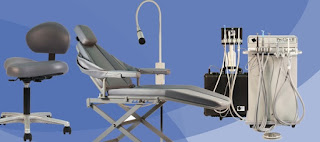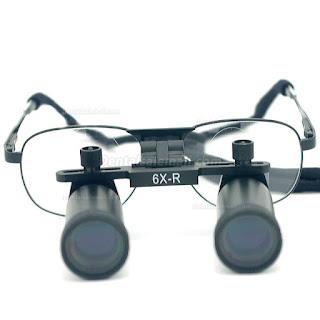Clinicians should
choose the equipment that suits their needs, not the equipment they must adapt
to.
One of the most
common musculoskeletal risk factors is the posture of sputum. There are a few
things that can help promote better posture. Clinicians should evaluate their
chairs, patient chairs and delivery systems, as these three must conform to the
clinician's body posture to promote proper posture.
The patient
chair's height and backrest design should be considered to maintain a neutral
position during delivery of care. The patient dental
chair should be lowered and the backrest tilted so that the clinician can
move freely without obstructing the thigh or knee, and a small, thin headrest
and a narrow upper backrest will help maintain a neutral posture and be close
to the patient. Clinicians should not have to lean forward to see into the oral
cavity.
Always try the
clinician's chair before purchasing. Need to consider the backrest, seat
contour, height, and adjustability. When sitting down, the hips should be
slightly above the knees and the feet should be firmly placed on the floor. The
backrest should be in contact with the lower back to provide support.
Adjust the
dentist's chair before adjusting the patient. Once you have determined your
position and your patient, check your posture. You should sit and relax your
shoulders, close to your elbows, the back of your back support, your head
straight, your neck flexed no more than 15 degrees, and your feet firmly on the
floor. If you notice that you must constantly lean forward or bend your neck to
gain vision, you may need a new prescription or magnification loupes. The
magnification loupes should be adjusted personally to ensure proper working
distance and posture. Here we suggest you the ymarda dental
loupes, which can be adjusted freely according to your needs!


Comments
Post a Comment